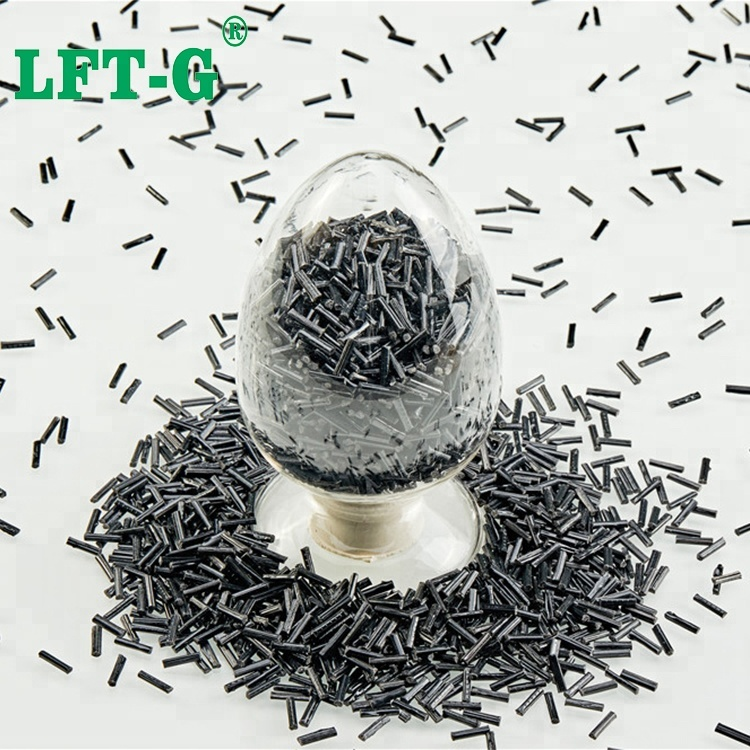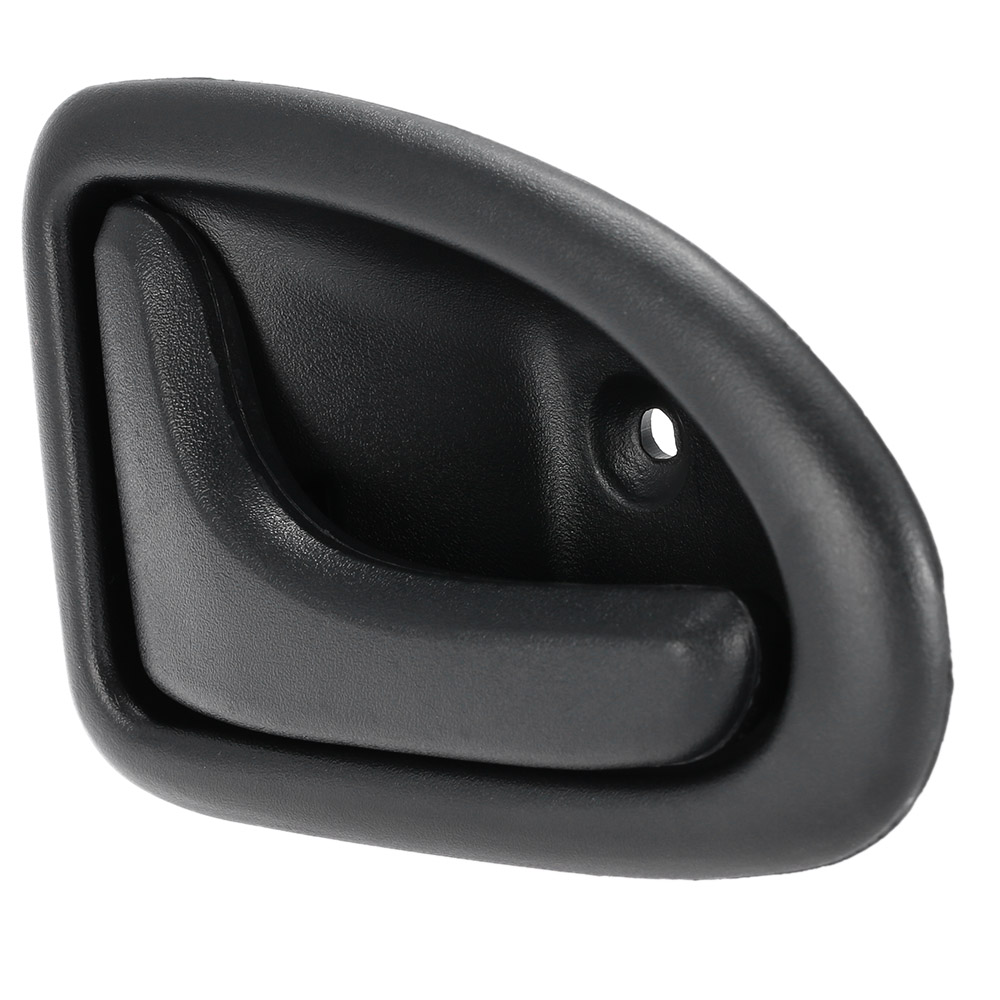1.序文
炭素繊維とは炭素含有率が90%以上の高強度・高弾性繊維を指します。化学繊維の中でもトップクラスの耐熱性を誇ります。アクリルとビスコース繊維を原料とし、高温で酸化炭化させて作られています。
材料特性: 炭素繊維は主に炭素元素で構成され、高温耐性、減摩性、導電性、熱伝導性、耐食性などを備えています。形状は繊維状で、柔らかく、さまざまな布地に加工できます。繊維軸に沿ったメリット配向のグラファイト微結晶構造により、繊維軸に沿って高い強度と弾性率を備えています。炭素繊維の密度が低いため、比強度と弾性率が高くなります。炭素繊維の主な用途は、樹脂、金属、セラミックス、炭素と混合して高度な複合材料を作成するための強化材としてです。[8]
炭素繊維強化エポキシ樹脂複合材料は、既存のエンジニアリング材料の中で最も高い比強度と弾性率を備えています
。
2. パフォーマンス
(1) 機械的性質
炭素繊維複合材料は、高引張強度、高弾性率、低密度、高比強度および高比弾性率を有する。従来の金属材料と比較して、炭素繊維複合材料は軽量、高強度、高靱性であり、明らかな利点を持っています。同じく新素材であるシリカ系繊維複合材料と比較して、炭素系繊維の引張強度は約3~7倍です。カーボンマトリックス繊維の弾性率はシリコンマトリックス繊維よりも高いため、同じ外部負荷の下でのカーボンファイバー複合材料の歪みは小さく、その部品の剛性はシリコンマトリックス繊維複合部品の部品の剛性よりも高くなります。高弾性炭素繊維の破断伸びは約0.5%、高強度炭素繊維の破断伸びは約1%、シリカ系繊維の破断伸びは約2.6%、エポキシ樹脂の破断伸びは約1.7%であるため、炭素繊維複合材料の繊維の特性を最大限に発揮できます。
炭素繊維は脆く、衝撃性能が低いため、炭素繊維複合材の引張損傷モードは脆性損傷に属します。つまり、引き剥がす前に明らかな塑性変形はなく、応力-ひずみ曲線は直線であり、同様です。ガラス繊維よりも弾性率が高く、破断点伸びが低い点を除いて、ガラス繊維と同様です。炭素繊維複合材料は、高温および低温に対して優れた耐性を持っています。空気の隔離 (不活性ガス保護) では、2000 ℃ でも強度があり、液体窒素は脆くなりません。
(2)耐食性
炭素繊維複合材料は、濃硝酸、次亜塩素酸、重クロム酸塩などの強力な酸化剤により酸化されることがありますが、一般の酸や塩基による影響は非常に小さいため、シリコン系繊維複合材料に比べ耐食性に優れています。炭素繊維複合材料は、シリコンベースの繊維複合材料のように湿った空気中で加水分解反応を起こさず、優れた耐水性と湿気や熱による老化に対する耐性を備えています。また、耐油性、耐放射線性、言葉の動きの減速などの特性も備えている[32]。
3.炭素繊維複合材料の応用
炭素繊維複合材料は、その優れた性能により、主に航空宇宙、自動車、構造強化工学、新エネルギー開発、レジャー製品などのさまざまな分野で広く使用されています
。

こちらが当社の材料から作られた完成品です

車体

ドアハンドル

エンジンルーム

車内
私たちはあなたに提供します
1. LFT&LFRT 材料の技術パラメータと最先端の設計
2.金型前面の設計と推奨事項
3.射出成形や押出成形などの技術サポートを提供
